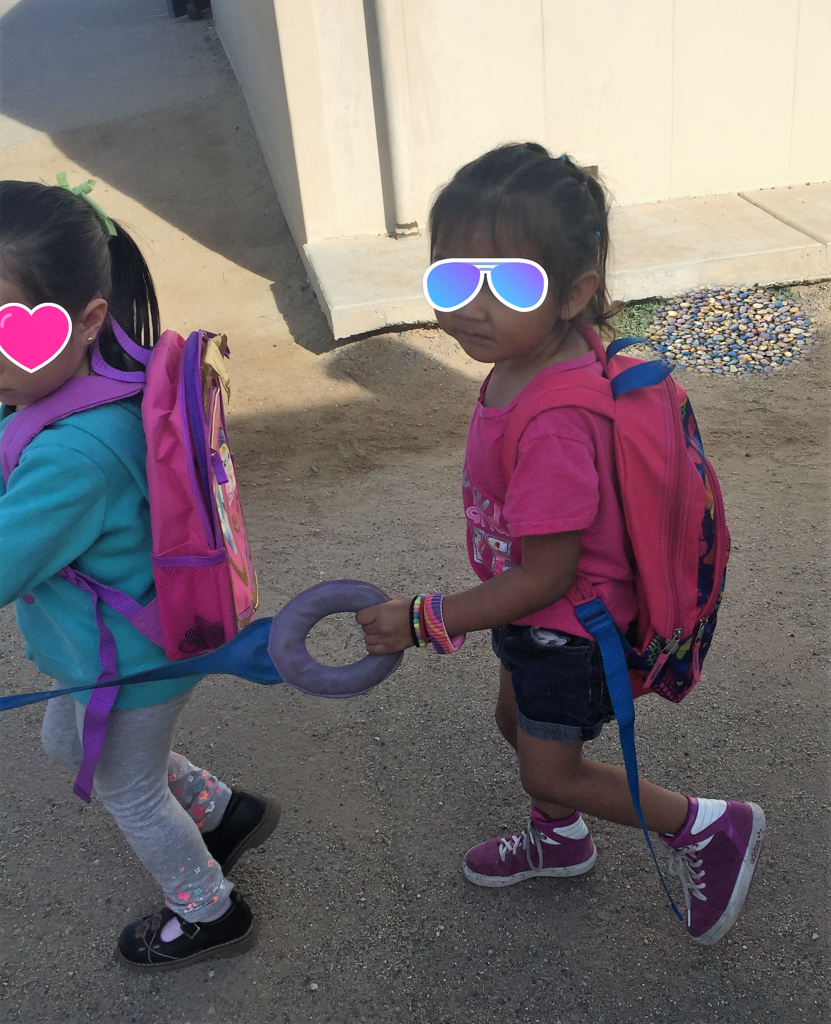This post may contain affiliate links and as an Amazon Associate, I may earn a small compensation from qualifying purchases. All opinions and recommendations are my own.
SIMPLE RULES DURING OUR PRESCHOOL ROUTINE
Keep the rules for following directions (routines) simple! And Practice, practice, practice! A well run classroom starts with routines that are easy to follow and consistently enforced with love. You’ll also have less behavior issues when students know what is next and what to expect.
Some of our simple rules during our daily routine:
Bathroom: Walk in line to the bathroom, walk to a stall and close door, follow picture directions in the stall to make sure each step is complete, follow hand-washing routine by looking at picture directions (if needed), wait quietly by the door for everyone to finish.
Arrival: hang backpack, remove and hang jacket, walk to carpet area and sit down.
Carpet Circle time: (welcome, story, music/movement, Good-bye): Find a chair and sit with feet on the floor and hands in lap. Wait quietly for teacher. Participate in all activities. Keep hands and feet to self (no touching).
Meals/workbox: Find own name at table. Request foods/drink verbally or by pointing to pictures. When finished, wait to be excused, put all trash on tray and stand up. Push chair in and take tray to garbage. Return to get name card and find work box by matching the picture on the card to the picture on the work box. Place the name card in a bin on top of the work box shelf and bring work box back to the table. Sit in the same chair and remove contents. After completing task do not put it away until an adult has seen it.
Movement on Campus: Walk in line with hands by side. (Sometimes we hold a rope of rings). Never leave an area without an adult. Never go outside of classroom without an adult.
These are basic safety rules and routines that keep our classroom running smoothly. We don’t expect perfection. There are always kids who need reminders and picture prompts to be successful, however, even those kids are usually mastering these simple tasks after the first month. It may look like a lot when it’s written out, but without having some simple expectations during each major part of the day there is way too much wasted time. Time becomes an especially valuable commodity when the program is only 2 ½ hours.

